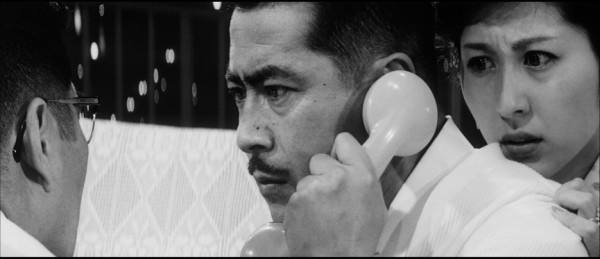The Public Theater and other venues
425 Lafayette St. by Astor Pl.
January 8-19, $20-$28 (UTR Packs $75 for five shows)
212-967-7555
www.undertheradarfestival.com
The tenth edition of the Public Theater’s Under the Radar Festival is another diverse collection of unique and unusual international theatrical productions, roundtable discussions, and free live music, from the strange to the familiar, the offbeat to the downright impossible to describe. Among the sixteen shows, most of which take place at the Public, are 600 Highwaymen’s The Record, a dance-theater work that brings together a roomful of strangers to comment on the relationship between performer and audience; John Hodgman’s one-man piece, I Stole Your Dad, in which the Daily Show “resident expert” shares intimate, personal stories about his family and technology while baring himself onstage; psychiatrist Kuro Tanino and his Niwa Gekidan Penino company’s The Room Nobody Knows (at Japan Society), about two brothers getting ready for the older one’s birthday party; Andrew Ondrejcak’s Feast, in which a king and his court (starring Reg E. Cathey) have a farewell dinner as Babylon collapses; and the American premiere of hip-hopper Kate Tempest and Battersea Arts Centre’s Brand New Ancients (at St. Ann’s Warehouse), a multidisciplinary show about everyday life in a changing world. Also on the roster is Sacred Stories, Toshi Reagon’s thirtieth annual birthday celebration with special guests; Roger Guenveur Smith’s one-man improvisation, Rodney King; a reimagining of Sekou Sundiata’s blessing the boats with Mike Ladd, Will Power, and Carl Hancock Rux; Cie. Philippe Saire’s Black Out (at La MaMa), Edgar Oliver’s Helen and Edgar, Lola Arias’s El Año en que nací / The year I was born (at La MaMa), SKaGeN’s BigMouth, tg STAN’s JDX — a public enemy, Sean Edward Lewis’s work-in-progress Frankenstein (at the Freeman Space), excerpts from ANIMALS’ The Baroness Is the Future, and Daniel Fish’s Eternal, the last three also part of the Incoming! Festival within a Festival.
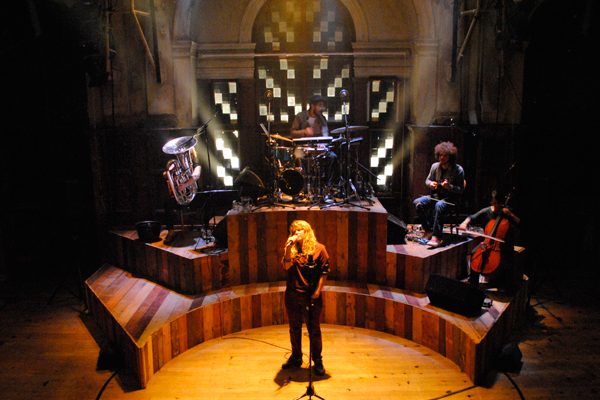
Kate Tempest will rap about the state of the world in BRAND NEW ANCIENTS (photo by Christine Hardinge)
In addition, there will be numerous postshow talkbacks, a pair of workshops with Sara De Roo and Jolente De Keersmaker of tg STAN on January 10-11, four noon Culturebot conversations January 11-12 and 18-19, and Coil, Under the Radar, Prototype, and American Realness have joined forces to present free live concerts every night from January 9 to 19 in the Lounge at the Public, including Invincible, Christeene, Ethan Lipton, Heather Christian & the Arbonauts, Sky-Pony, Timur and the Dime Museum, the Middle Church Jerriesse Johnson Gospel Choir, M.A.K.U. Sound System, DJ Acidophilus, and Nick Hallett, Space Palace, and Woahmone DJs.
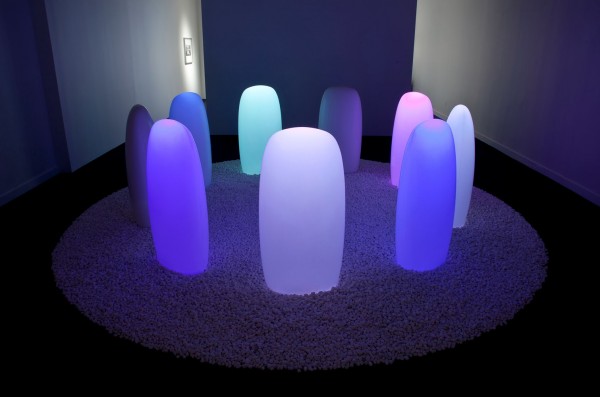
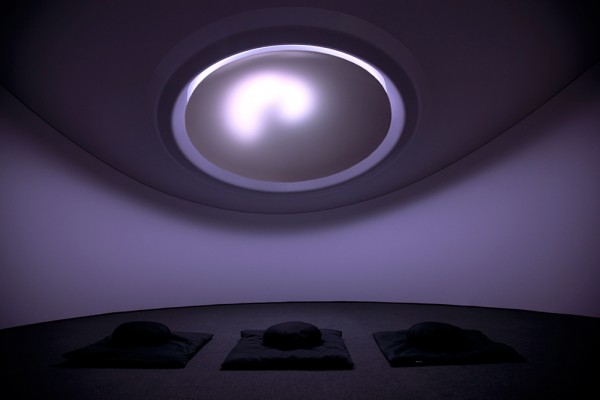

 Yasujirō Ozu revisits one of his greatest triumphs, 1949’s
Yasujirō Ozu revisits one of his greatest triumphs, 1949’s 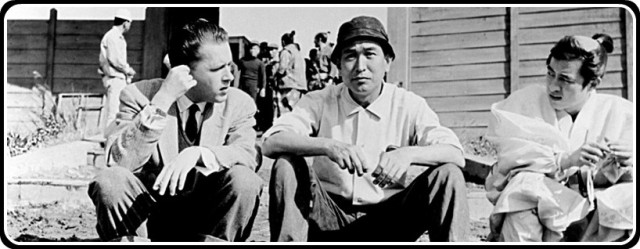
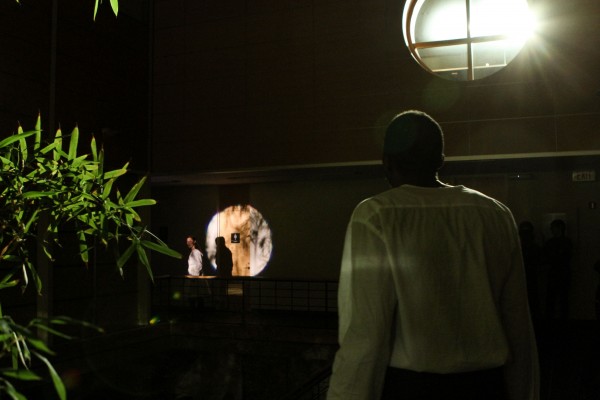

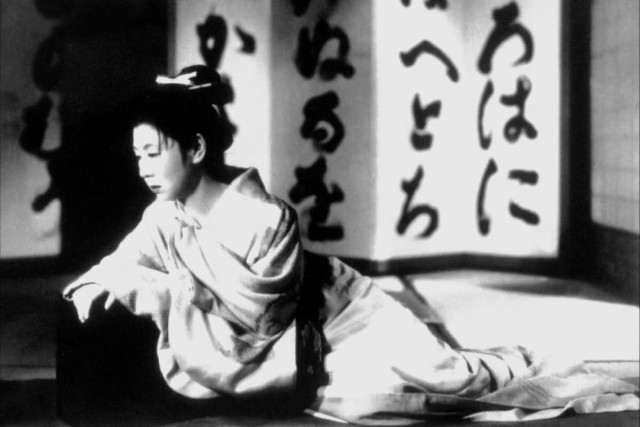
 We used to think that Aki Kaurismäki’s
We used to think that Aki Kaurismäki’s 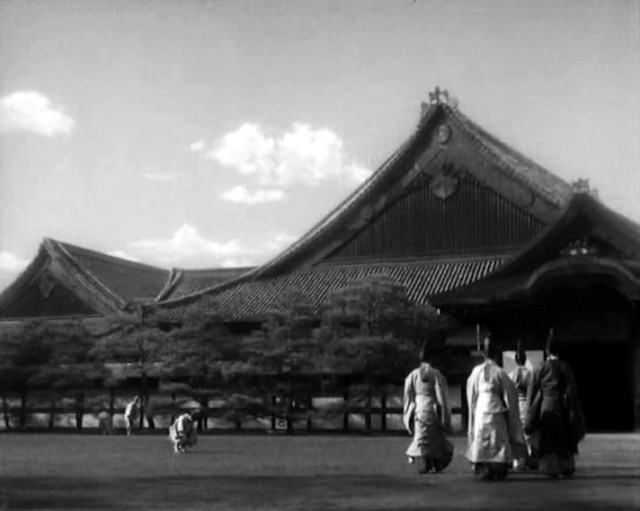
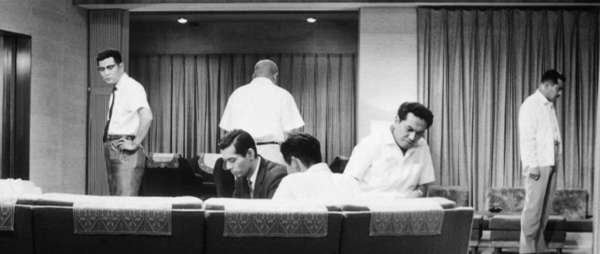
 On the verge of being forced out of the company he has dedicated his life to, National Shoes executive Kingo Gondo’s (Toshirō Mifune) life is thrown into further disarray when kidnappers claim to have taken his son, Jun (Toshio Egi), and are demanding a huge ransom for his safe return. But when Gondo discovers that they have mistakenly grabbed Shinichi (Masahiko Shimazu), the son of his chauffeur, Aoki (Yutaka Sada), he at first refuses to pay. But at the insistence of his wife (Kyogo Kagawa), the begging of Aoki, and the advice of police inspector Taguchi (Kenjiro Ishiyama), he reconsiders his decision, setting in motion a riveting police procedural that is filled with tense emotion. Loosely based on Ed McBain’s 87th Precinct novel King’s Ransom, Akira Kurosawa’s High and Low is divided into two primary sections: the first half takes place in Gondo’s luxury home, orchestrated like a stage play as the characters are developed and the plan takes hold. The second part of the film follows the police, under the leadership of Chief Detective Tokura (Tatsuya Nakadai), as they hit the streets of the seedier side of Yokohama in search of the kidnappers. Known in Japan as Tengoku to Jigoku, which translates as Heaven and Hell, High and Low is an expert noir, a subtle masterpiece that tackles numerous socioeconomic and cultural issues as Gondo weighs the fate of his business against the fate of a small child; it all manages to feel as fresh and relevant today as it probably did back in the ’60s.
On the verge of being forced out of the company he has dedicated his life to, National Shoes executive Kingo Gondo’s (Toshirō Mifune) life is thrown into further disarray when kidnappers claim to have taken his son, Jun (Toshio Egi), and are demanding a huge ransom for his safe return. But when Gondo discovers that they have mistakenly grabbed Shinichi (Masahiko Shimazu), the son of his chauffeur, Aoki (Yutaka Sada), he at first refuses to pay. But at the insistence of his wife (Kyogo Kagawa), the begging of Aoki, and the advice of police inspector Taguchi (Kenjiro Ishiyama), he reconsiders his decision, setting in motion a riveting police procedural that is filled with tense emotion. Loosely based on Ed McBain’s 87th Precinct novel King’s Ransom, Akira Kurosawa’s High and Low is divided into two primary sections: the first half takes place in Gondo’s luxury home, orchestrated like a stage play as the characters are developed and the plan takes hold. The second part of the film follows the police, under the leadership of Chief Detective Tokura (Tatsuya Nakadai), as they hit the streets of the seedier side of Yokohama in search of the kidnappers. Known in Japan as Tengoku to Jigoku, which translates as Heaven and Hell, High and Low is an expert noir, a subtle masterpiece that tackles numerous socioeconomic and cultural issues as Gondo weighs the fate of his business against the fate of a small child; it all manages to feel as fresh and relevant today as it probably did back in the ’60s.